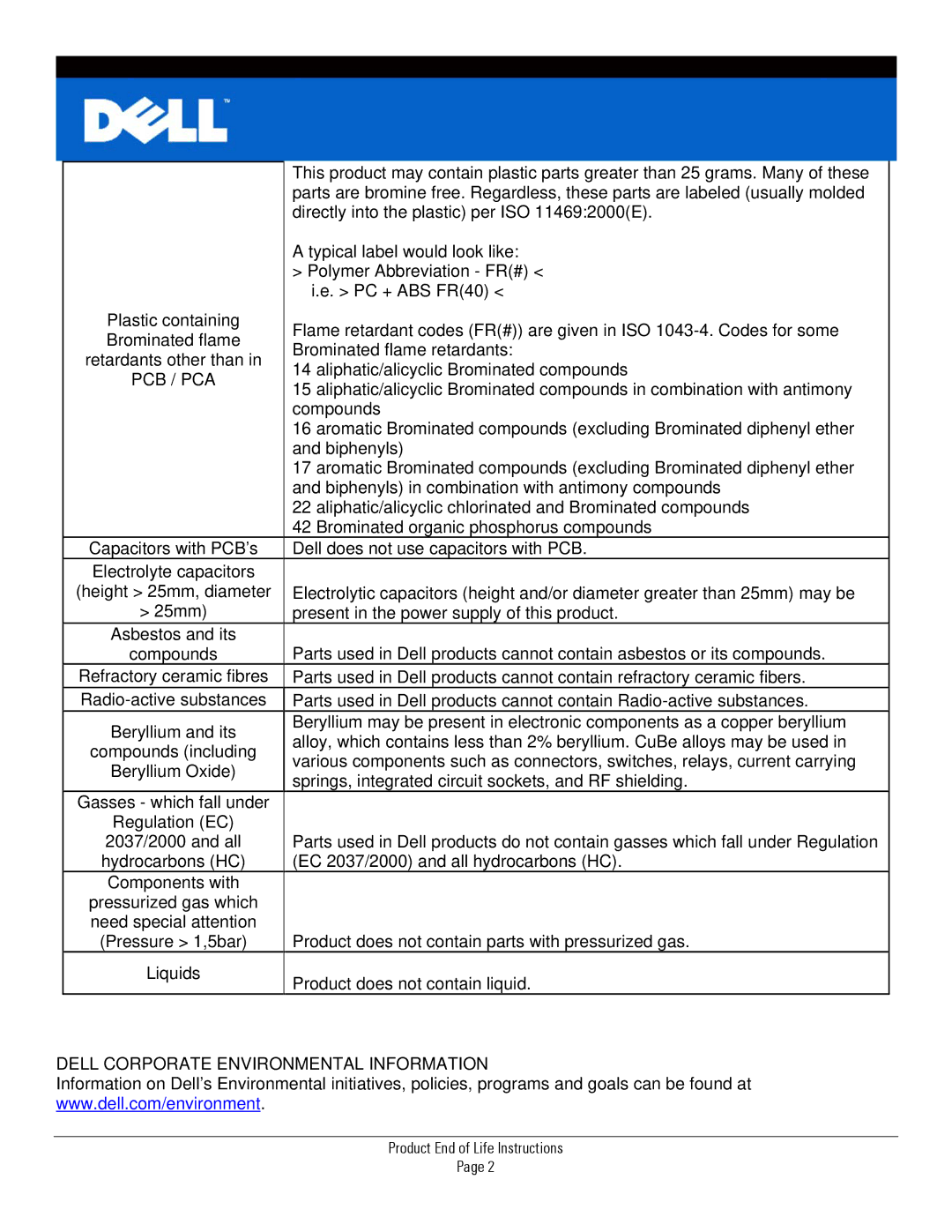CRT Television specifications
Dell, widely recognized for its innovation in the tech industry, ventured into the realm of consumer electronics with its CRT television lineup. While CRT (Cathode Ray Tube) televisions have largely been superseded by flat-panel technologies, Dell’s models were significant during their time, particularly in the late 1990s and early 2000s.One of the main features of Dell's CRT televisions was their impressive image quality. These televisions were designed with high contrast ratios and vibrant color reproduction, delivering a viewing experience that appealed to both movie enthusiasts and gamers alike. The deep blacks and vivid colors made them ideal for enjoying rich visual content, from action-packed films to immersive video games.
Another key characteristic of Dell CRT televisions was their size and design. Typically, these TVs featured a robust cabinet that housed the heavy glass screen, which could be quite bulky compared to modern flat-screen counterparts. Dell crafted their designs to blend seamlessly into home environments, offering various sizes that catered to different room dimensions. The availability of multiple screen sizes also ensured that consumers could select a model that best fit their viewing space.
In terms of technology, Dell incorporated a range of features to enhance the user experience. Notably, many models supported various connectivity options, including composite, S-Video, and even component inputs for higher-resolution viewing. This versatility allowed consumers to connect a variety of devices, such as DVD players, video game consoles, and cable boxes, easily.
Furthermore, Dell CRT televisions often boasted built-in stereo speakers that provided decent sound quality, enhancing the overall viewing experience. Some models even included features such as picture-in-picture (PIP), which allowed users to watch two programs simultaneously, a convenience that was quite popular at the time.
However, as technology progressed, the limitations of CRT televisions became increasingly apparent. They were heavy and consumed more electricity than their LCD and LED successors. Additionally, screen burn-in could occur with static images, which was a notable drawback for gamers and viewers who enjoyed content with logos or other fixed visuals.
In summary, Dell's CRT televisions represented a significant step in the evolution of home entertainment during their peak. With strong image quality, varied sizes, and multiple connectivity options, they delivered a capable television viewing experience. However, as the industry shifted towards more advanced technologies, Dell's CRT models eventually became relics of a bygone era, showcasing the rapid evolution of display technology.

